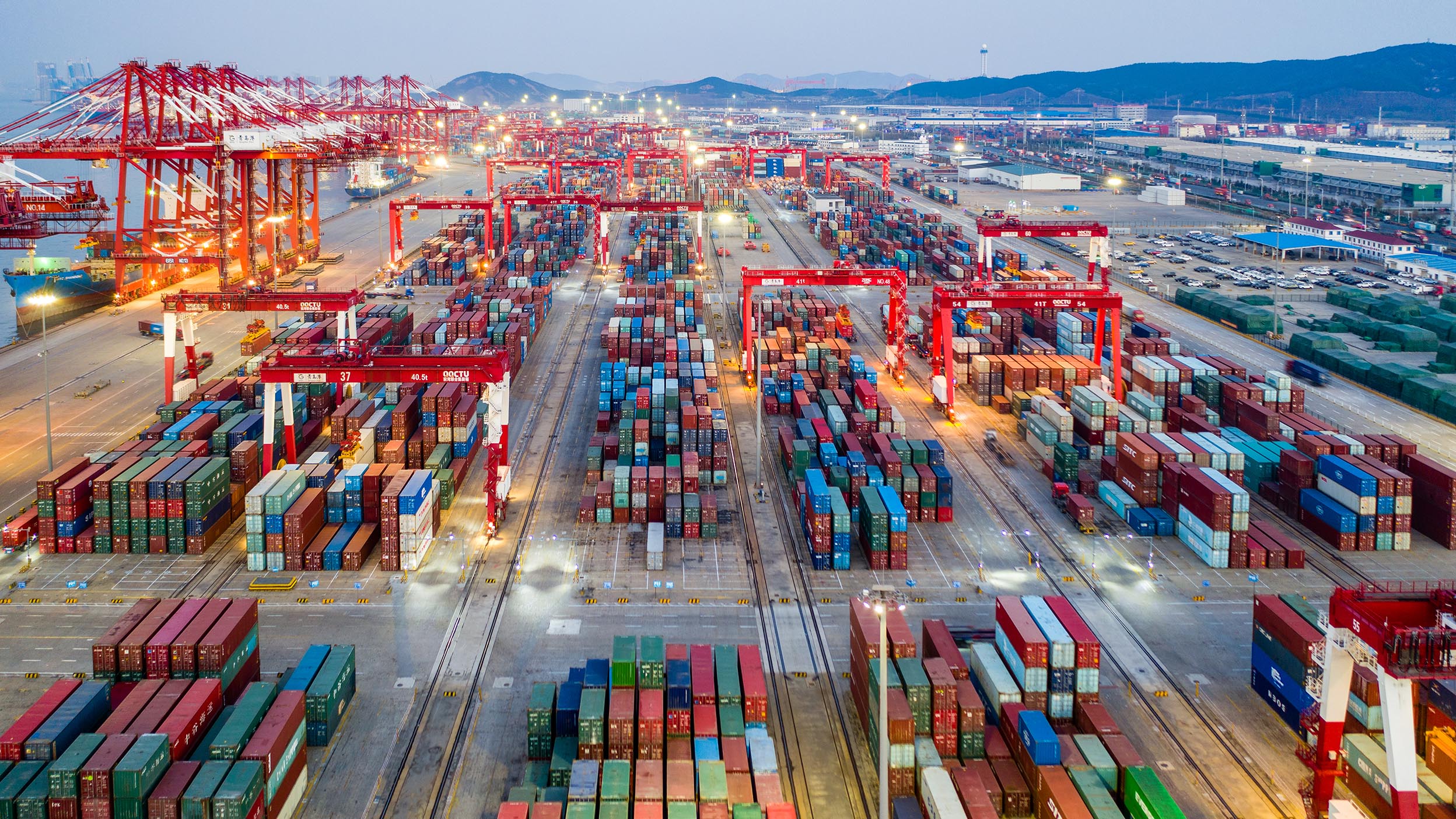
Markets and Economy Has the catalyst for stock diversification arrived?
For investors looking to diversify their mega-cap technology exposure, improving growth and falling interest rates may be good reasons.

In his first 100 days in office, President Trump signed 143 executive orders, more than any other president has signed in his first 100 days.
Perhaps the most economically significant of the executive orders are those focused on trade and tariffs.
With unified Republican control in Washington, there has been an immediate shift in the approach to financial regulation.
We knew that the first 100 days of the second Trump administration would be a roller coaster, but no one could have anticipated how steep the dives or how hard the turns would be as he implemented an “everything, everywhere, all at once approach.”
In his first 100 days in office, President Trump signed 143 executive orders, more than any other president has signed in his first 100 days. (Many of these are facing legal challenges.) To compare, Trump signed just 33 executive orders in the first 100 days of his first term.
Perhaps the most economically significant of the executive orders are those focused on trade and tariffs. Trump wasted no time implementing an “America First Trade Policy” agenda, punctuated with his April 2 “Liberation Day” tariffs (many of which were quickly paused). Since then, progress has emerged on talks with some global trade partners. As new trade deals are announced in the coming days, weeks, and months, it will be the ongoing negotiations to turn these frameworks into finalized bilateral trade agreements that are expected to take many months, and some cases years, to work through.
And, with midterm elections looming in November 2026, political analysts are trying to understand the risk to the Republican majorities in Congress as polls are proving that the tariffs have been generally unpopular with the American public.
Of course, tariffs aren’t the only issue to watch in the second half of 2025.
One of the UK government’s key objectives in the second half will be successfully concluding ‘reset’ negotiations with the European Union to reduce frictions in goods trade and build linkages between UK and EU energy policies.
The first formal discussions on the next EU budget will begin in the summer, prompting a likely long-running debate about the proportion that can be allocated to defense and security initiatives, as well as how the EU will begin to repay c.€800 billion of COVID-19-era debt.
At the March 2025 National People’s Congress, China set its official budget deficit target at a record-high 4% of GDP, signalling a shift toward more aggressive fiscal support that aims to stabilize the economy amid declining tax revenues and external pressures.
Read our comprehensive analysis of policy issues to watch in the second half in the US, UK, Europe, and Asia Pacific.

For investors looking to diversify their mega-cap technology exposure, improving growth and falling interest rates may be good reasons.

A rate cut, which markets are pricing in despite Fed member differences, and an expected improving economy in 2026, could support stocks.

We believe global equities may continue to rise in the new year, and we expect new opportunities to be unlocked as market leadership evolves.
Important information
The opinions referenced above are those of the author as of May. 30, 2025. These comments should not be construed as recommendations, but as an illustration of broader themes. Forward-looking statements are not guarantees of future results. They involve risks, uncertainties and assumptions; there can be no assurance that actual results will not differ materially from expectations.
This link takes you to a site not affiliated with Invesco. The site is for informational purposes only. Invesco does not guarantee nor take any responsibility for any of the content.